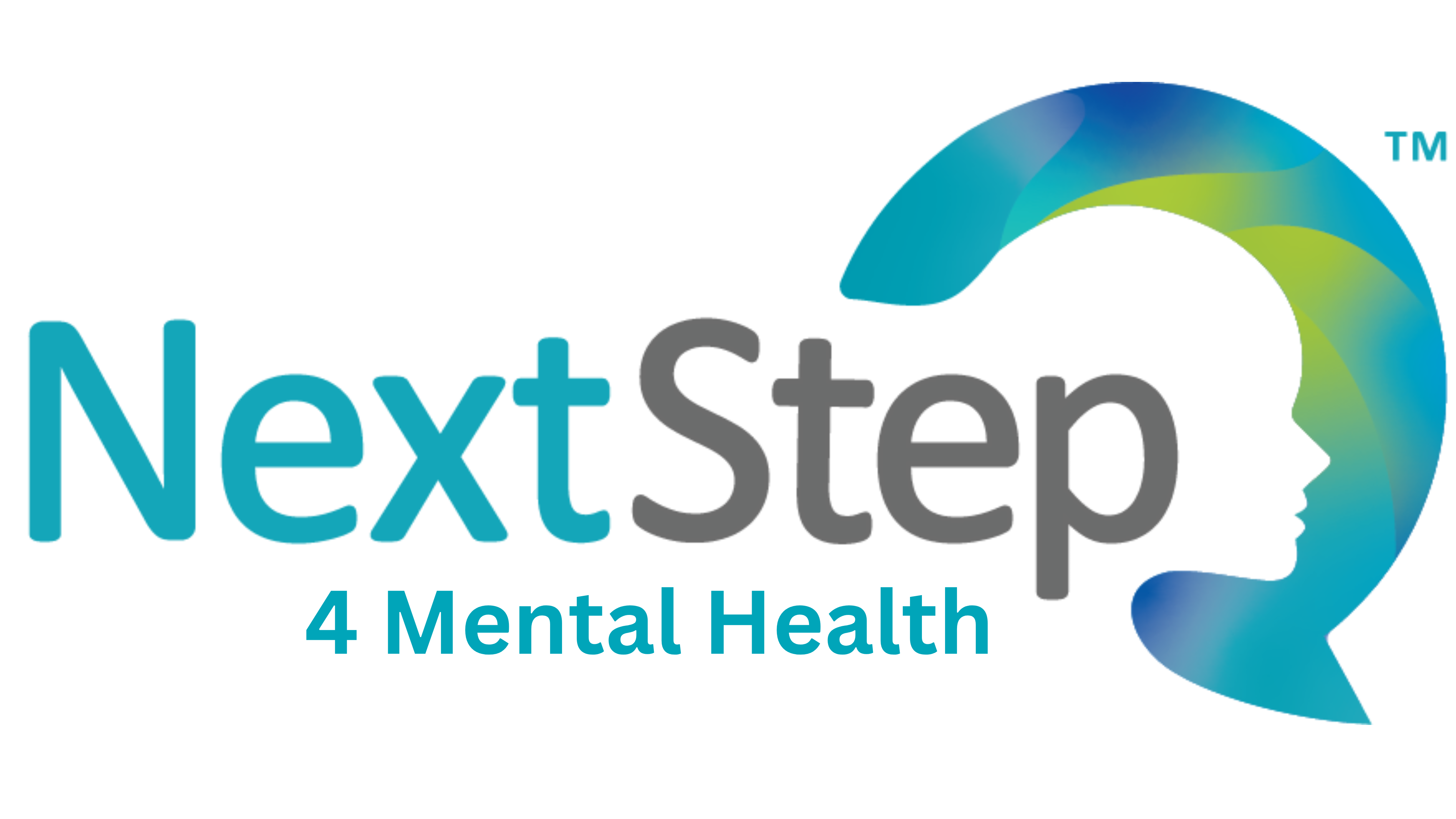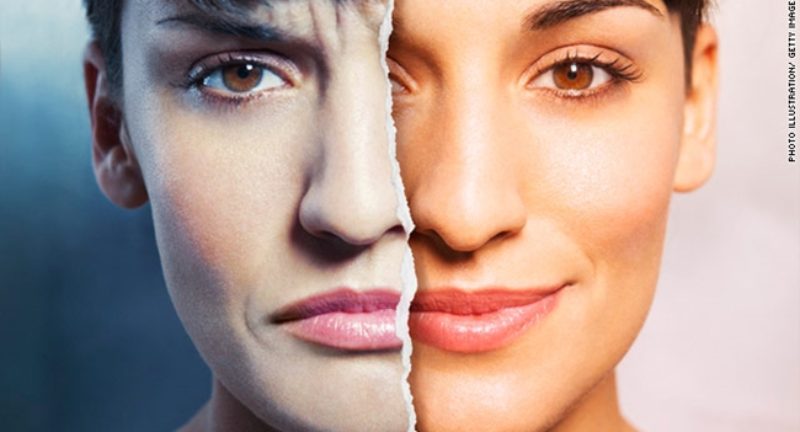
Bipolar Disorder and Depression: What You Need to Know
Nearly 6 million Americans are impacted by bipolar disorder every year. In terms of percentages, that’s about 2.6% of the adult population — 2.6% of all adults who struggle with the lows of bipolar depression and the highs of a manic episode.
At the Next Step 2 Mental Health, our team is experienced in diagnosing depression. This is important because there are many types of depression, including seasonal affective disorder, major depressive disorder, postpartum depression, and bipolar depression. Your treatment varies depending on what type of depression you have.
Below, we cover what manic depression is — and how it differs from other types of depression.
What Is Bipolar Depression?
Before we look at what bipolar depression is, let’s look at the many types of bipolar disorder. The following are different types of bipolar disorder:
- Bipolar disorder I
- Bipolar disorder II
- Cyclothymia
Regardless of which type of bipolar disorder you have, the disorder is characterized by shifts in your mood that cycle between manic (or even hypomanic) episodes and depressive episodes. Manic episodes refer to cycles in mood characterized by high energy and inappropriate levels of euphoria. It’s also possible to experience illusions of grandeur, decreased need for sleep, and irritability. Bipolar depression refers to the other shift in the pendulum; bipolar depression is the depressive episodes that are part of bipolar disorder.
Major Depressive Disorder Versus Bipolar Depression
Major depressive disorder, postpartum depression, seasonal affective disorder, and bipolar depression share many of the same symptoms. Symptoms of depression (regardless of which type you have) may include:
- Intensified feelings of sadness
- Changes to your normal eating patterns (i.e. eating more or less)
- Changes to your sleeping patterns (i.e. insomnia and the need for more sleep)
- Feelings of helplessness or hopelessness
- Increased fatigue and lack of energy
- Loss of passion for your favorite hobbies
- Difficulty focusing
- Decision fatigue
You may be wondering how you can tell the difference between major depressive disorder and bipolar depression. The main difference is that people with major depressive disorder don’t experience mania. Individuals with bipolar disorder experience cyclic shifts between depressive and manic episodes. According to the experts at Harvard Health, manic episodes may last two to four months, while the depressive episodes can last eight months or longer. Some people may assume they have major depressive disorder, especially if they had a more mild manic episode. This is just another reason why it’s so important to have an accurate diagnosis — to make sure you’re treating the right condition.
Can Major Depressive Disorder Turn into Bipolar Disorder?
No, a major depressive disorder can’t turn into bipolar disorder, but it’s possible that you mistake bipolar depression for a major depressive disorder, especially if the manic (or hypomanic) episodes were mild.
The takeaway: If you experience any depression-like symptoms, it’s important to seek help from one of our experienced providers, such as Dr. Brian Briscoe, who understands all of the complexities of manic depression.
How Is Bipolar Depression Treated?
Because depression can be linked to several different mental health illnesses, it’s vital to start with an accurate diagnosis — major depressive disorder or bipolar disorder. While there isn’t a cure for bipolar depression, our team of experienced professionals can help you feel better and regain a sense of normalcy through medications and psychotherapy.
Call our office today at 502-339-2442, or book an appointment online.
Related Posts
Fall-ing for Hypomania: The Bipolar Seasonal Twist
The Excitement of Fall Ah, fall. That magical time of year when the world...
Effective Treatments for Bipolar Disorder
Bipolar disorder is a complex condition, and the right treatment plan must...


